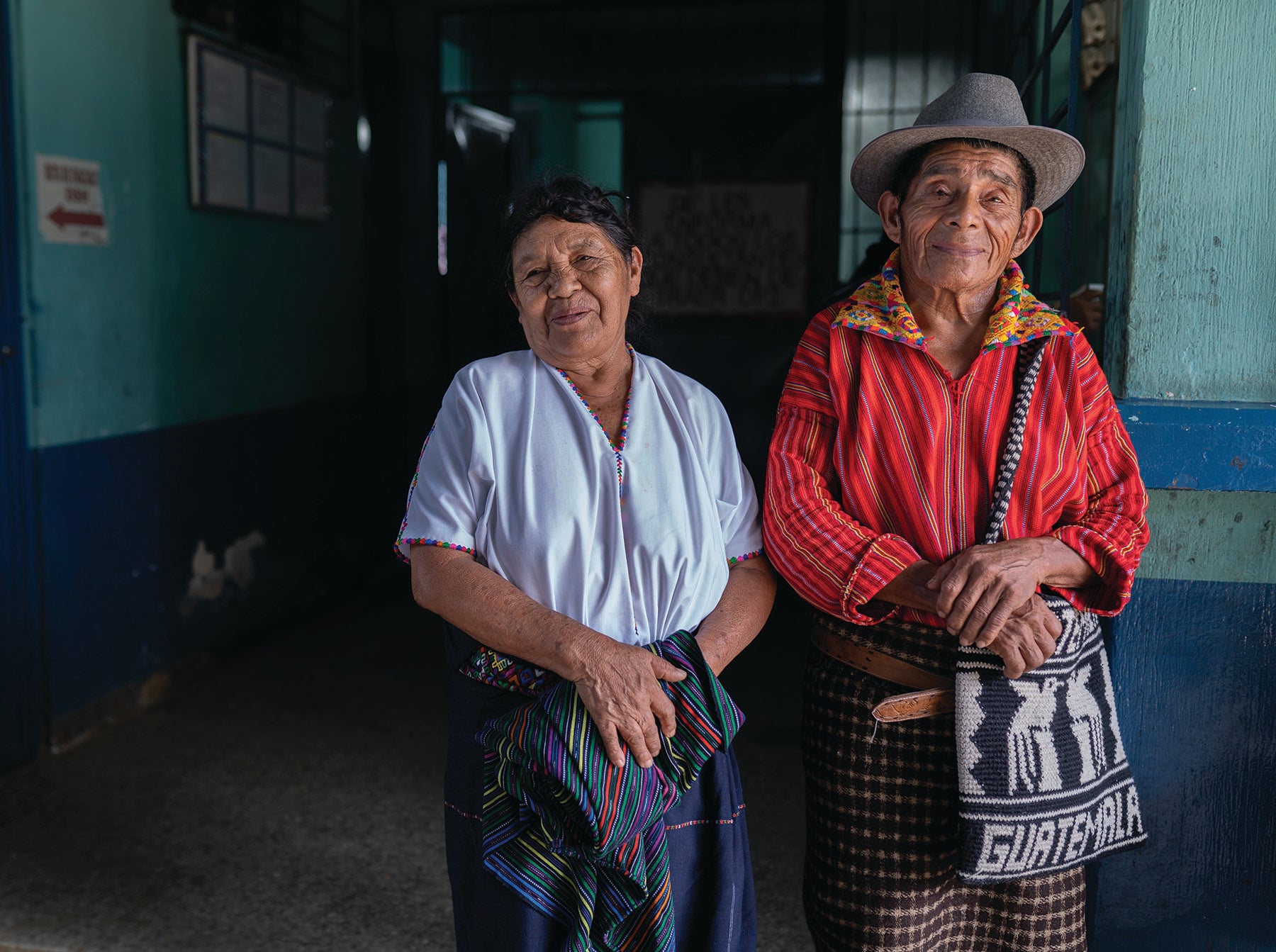References
- Zijdeman R, Ribeira da Silva F. Life Expectancy at Birth (Total). IISH Data Collection. V1 edition. [Amsterdam]: International Institute of Social History; 2015.
- United Nations, Department of Economic and Social Affairs, Population Division.World Fertility Data 2019. New York: UNDESA: 2019 [cited 20 December 2022].
- The Lancet. NCD Countdown 2030. London: Lancet; 2022 [cited 20 December 2022].
- IARC Working Group on the Evaluation of Carcinogenic Risks to Humans. Personal Habits and Indoor Combustions. (IARC Monographs on the Evaluation of Carcinogenic Risks to Humans, No. 100E.) Lyon: International Agency for Research on Cancer; 2012.
- Brown KF, Rumgay H, Dunlop C, Ryan M, Quartly F, Cox A, et al. The fraction of cancer attributable to modifiable risk factors in England, Wales, Scotland, Northern Ireland, and the United Kingdom in 2015. Br J Cancer. 2018;118(8):1130–1141.
- Howlader N, Noone AM, Krapcho M, Miller D, Brest A, Yu M, et al. SEER Cancer Statistics Review, 1975-2017. Bethesda, MD: National Cancer Institute; 2020/.
- de la Hoz Restrepo F, Guzman NA, de la Hoz Gomez A, Ruiz C. Policies and processes for human papillomavirus vaccination in Latin America and the Caribbean. Vol. 41, Rev Panam Salud Publica. 2017;41:e124.
- Reeder-Hayes KE, Anderson BO. Breast cancer disparities at home and abroad: A review of the challenges and opportunities for system-level change. Clin Cancer Res. 2017;23(11):2655–2664.
- Global Alliance against Chronic Respiratory Diseases. Geneva: WHO; c2022 [cited 20 December 2022].
- International Diabetes Federation. IDF Diabetes Atlas. 9th edition 2019. [Brussels]: IDF; 2019.
- World Health Organization. Comprehensive mental health action plan 2013–2030. Geneva: WHO; 2021..
- World Health Organization. Global status report on the public health response to dementia. Geneva: WHO; 2021 .
- World Health Organization. Global status report on violence prevention 2014. Geneva: WHO; 2014.
- World Health Organization. Global status report on preventing violence against children 2020. Geneva: WHO; 2020.
- United Nations, Department of Economic and Social Affairs, Statistics Division. Sustainable Development Goal indicators website. New York: UNDESA; c2022 [cited 20 December 2022].
- Ma T, Peden AE, Peden M, Hyder AA, Jagnoor J, Duan L, et al. Out of the silos: embedding injury prevention into the sustainable development goals. Inj Prev. 2021;27(2):166–171.
- United Nations, Department of Economic and Social Affairs. Sustainable Development. Goal 3: Ensure healthy lives and promote well-being for all at all ages. New York: UNDESA; [Accessed 27 March 2024].
- United Nations Economic Commission for Europe. Road Safety for All. Geneva: UNECE; 2020 [cited 20 December 2022].
- World Health Organization, Regional Office for the Eastern Mediterranean.Suicide and self-harm. Cairo: WHO Regional Office for the Eastern Mediterranean; 2019.
- World Health Organization. Falls. Geneva: WHO; 2021 [cited 20 December 2022].
- World Health Organization. Step safely: strategies for preventing and managing falls across the life-course. Geneva: WHO; 2021.
- Siciliani L, Borowitz M, Moran V. Cardiovascular Disease and Diabetes: Policies for Better Health and Quality of Care. OECD Health Policy Studies. Paris: OECD Publishing; 2015.
- Organisation for Economic Co-operation and Development; The World Bank. Health at a Glance: Latin America and the Caribbean 2020. Paris: OECD Publishing; 2020 [cited 20 December 2022].
- United Nations, Department of Economic and Social Affairs. World Population Prospects 2019. New York: UNDESA; 2019.
- World Health Organization. World report on violence and health: summary. Geneva: WHO; 2002 [cited 20 December 2022].
- World Health Organization. Comprehensive mental health action plan 2013–2030. Geneva: WHO; 2021.
- Mascayano F, Alvarado R, Martínez-Viciana C, Irarázaval M, Durand-Arias S, Freytes M, et al. 30 years from the Caracas Declaration: the situation of psychiatric hospitals in Latin America and the Caribbean prior, during and after the COVID-19 pandemic. Soc Psychiatry Psychiatr Epidemiol. 2021;56(8):1325–1327.
- Beia T, Kielmann K, Diaconu K. Changing men or changing health systems? A scoping review of interventions, services and programmes targeting men's health in sub-Saharan Africa. Int J Equity Health. 2021;20(1):87.
- GBD 2019 Risk Factors Collaborators. Global burden of 87 risk factors in 204 countries and territories, 1990–2019: a systematic analysis for the Global Burden of Disease Study 2019. Lancet. 2020;396(10258):1223–1249.
- World Health Organization. Tackling NCDs: best buys and other recommended interventions for the prevention and control of noncommunicable diseases. Geneva: WHO; 2017.
- World Health Organization. Noncommunicable diseases: progress monitor 2020. Geneva: WHO; 2020.
- International Labour Organization. ILO Monitor: COVID-19 and the world of work. 7th edition. Updated estimates and analysis. Geneva: ILO; 2021.
- Kuhlmann E, Lotta G, Fernandez M, Herten-Crabb A, Maple J-M, MacFehr L, Paina L, Wenham C, Willis K. SDG5 Gender Equality during the COVID-19 pandemic: an international comparative policy assessment. Eur J Public Health. 2022;32(Supplement_3):ckac131.103.
- Marcos Barba L, van Regenmortel H, Ehmke E. Shelter from the storm: The global need for universal social protection in times of COVID-19. Oxford: Oxfam; 2020.


